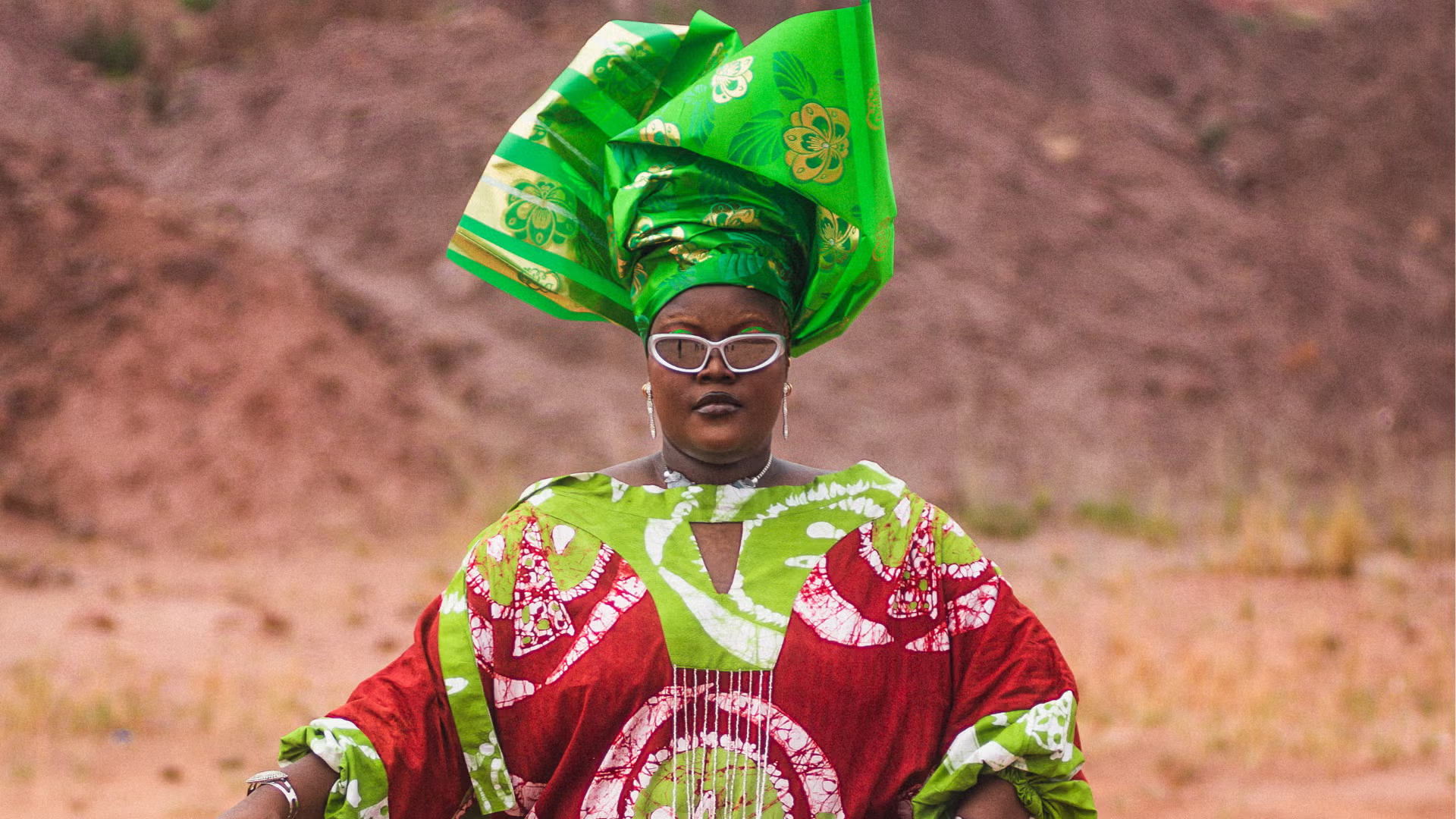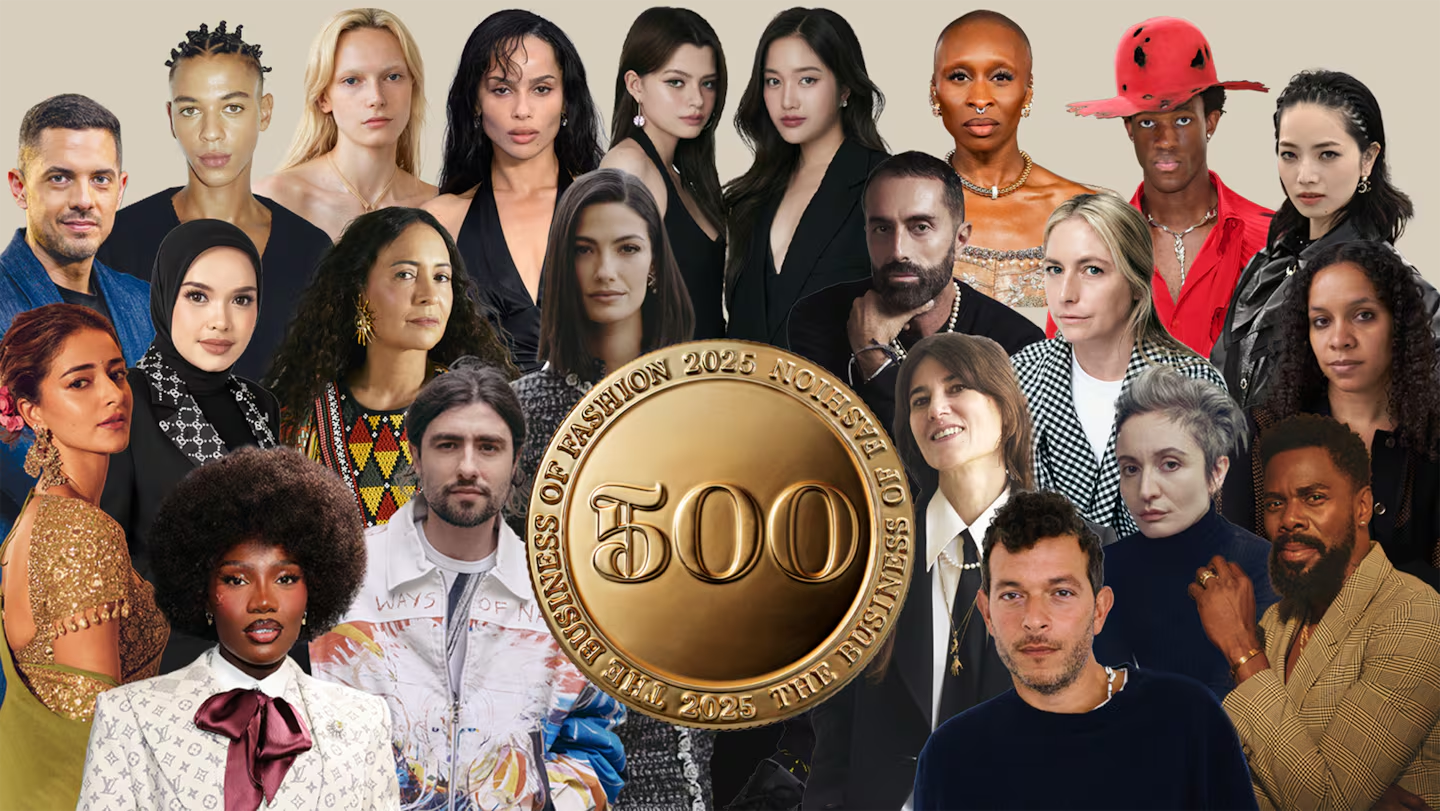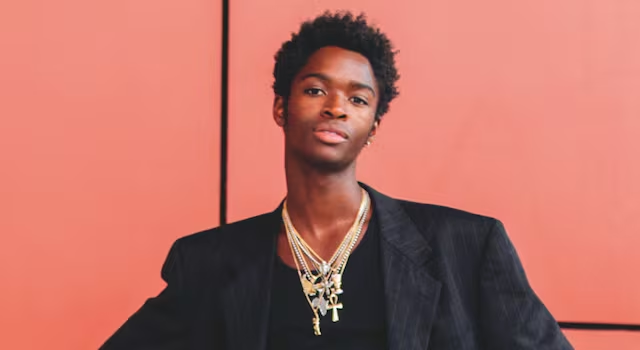The global fashion sector has, for a long time, danced to the beat of Western values, sidelining African ability to adopt Eurocentric values. Nevertheless, in the past couple of years, African male models have stormed the runways and billboards worldwide, breaking down borders while being grounded. Their exposure not only redefines masculinity and beauty but also reinstates Africa as a pool of talent and aesthetics. These are five African male models changing the face of global fashion.
1. Adonis Bosso
Canadian-born and Ivorian-born, Adonis Bosso is among the most recognised African male models in the world today. With walks for Dolce & Gabbana, H&M, and Vivienne Westwood under his belt, Bosso has made a career that’s as powerful as it is delicate. Outside of modelling, he is an autism awareness advocate, spurred on by his son. His ability to merge advocacy with fashion makes him more than a face for brands; he is a voice for change.

2. David Agbodji
A Nigerian-French model, David Agbodji, was first hired in 2010 for Calvin Klein’s global campaign. His commanding figure and sculpted features began transforming the industry’s perception of Black and African male models, a time when they were scarce. Agbodji has paved the way for younger African models to follow careers worldwide.

3. Alton Mason
Although Alton Mason is a native of the United States, Nigerian and Jamaican influences contribute to informing his work and identity. Mason was the first Black male to model for Chanel and has since worked for Gucci, Louis Vuitton, and Tom Ford. Due to his hyperactive on-runway performances, he blurs the line between modelling and dance and is perhaps one of the most energetic African-American models of his generation.

4. Abdulaye Niang
Senegalese-born Abdulaye Niang has constructed a career behind the scenes of Europe’s top fashion capitals, strutting along the catwalks for Prada and Dior. His trademark features and strong walk command attention on catwalks, where African models once were an exception. Niang is the embodiment of the new generation of the continent’s model, taking up space in high fashion without losing African identity.
READ MORE:
Five Times Nigerian Celebrities Rocked Emmy Kasbit and Stole the Spotlight

Africa’s Growing Influence
Their rise is part of a wider change in the industry. Africa is no longer seen as a distant source of inspiration for Western fashion; it is now developing talent which drives global fashion itself. These men all carry their source onto the runway, showing the world that African identity is not niche, but at the heart of the story of modern style.
Fashion is also becoming more conscious of representation. On magazine covers and for high-end campaigns, the visibility of African male models defies conventional beliefs of who can embody class, strength, and beauty. Their visibility brings promise to the next generation of young Africans who see themselves represented in global spaces hitherto beyond reach.
The industry has a way to go, but the presence of Bosso, Agbodji, Casablancas, Mason, Niang, and others suggests that the narrative is shifting. They are not only talking on behalf of fashion — they are talking on behalf of Africa on the international stage.

























